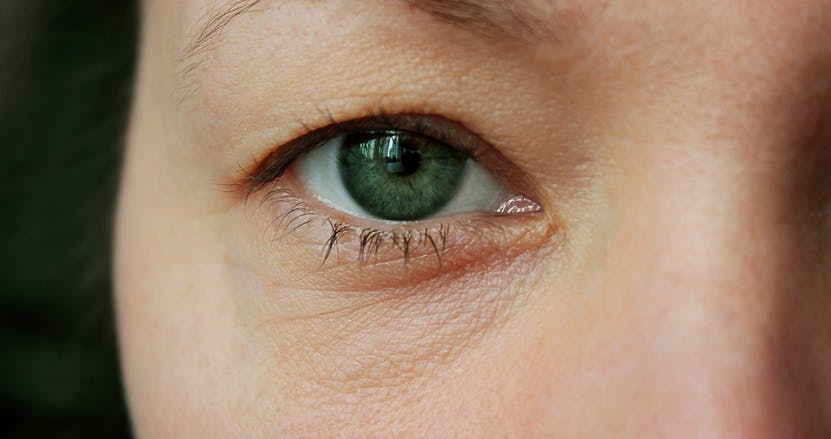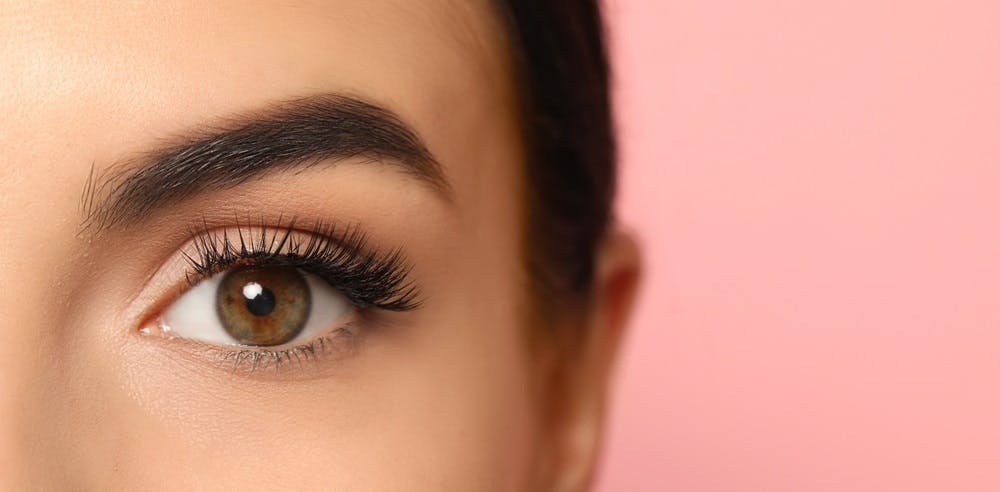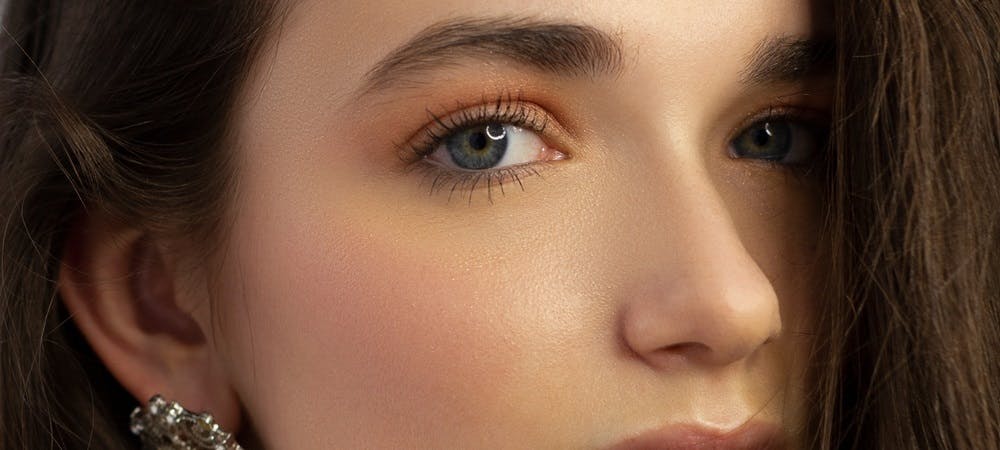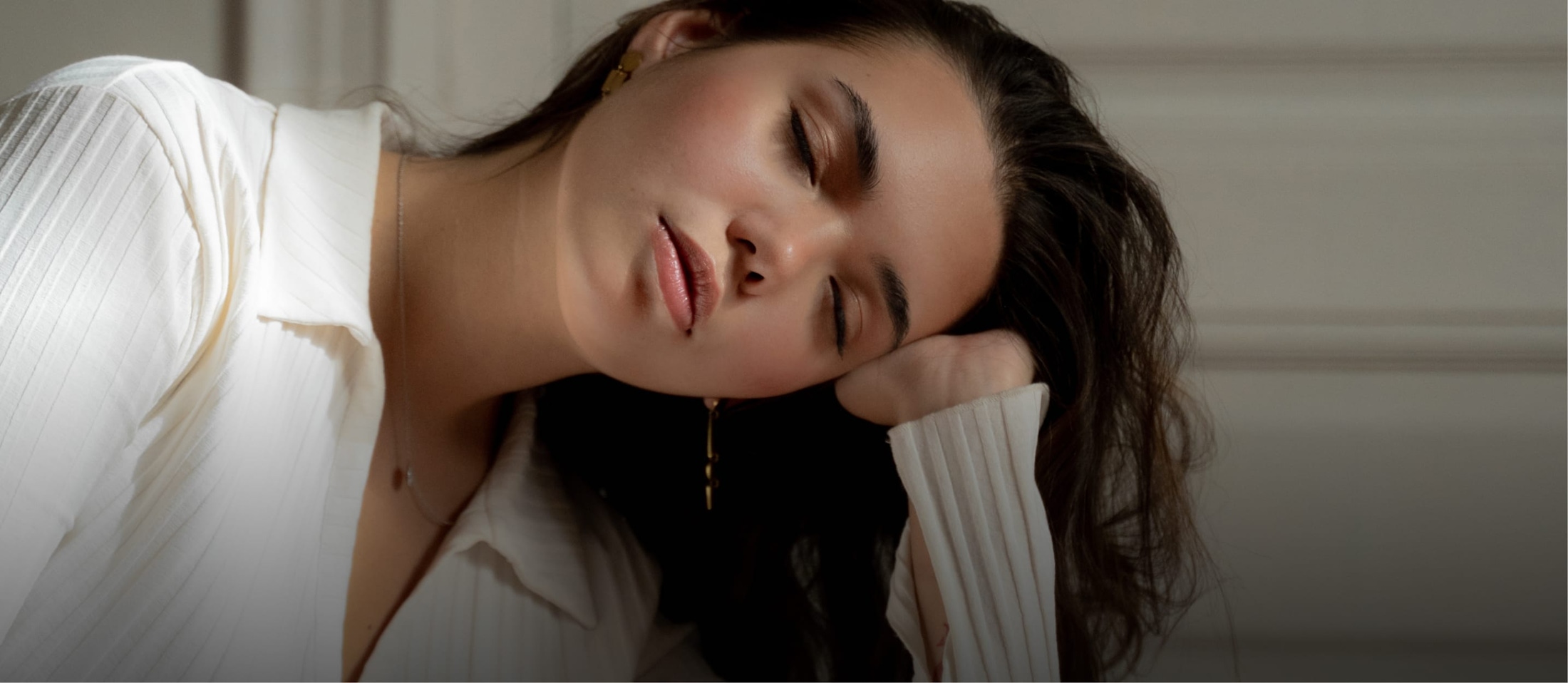
Lower blepharoplasty is a cosmetic procedure that effectively addresses under-eye concerns. It is renowned for its ability to rejuvenate the eye area by reducing fine lines, wrinkles, and sagging skin.
As a key component of facial rejuvenation, lower blepharoplasty serves as a transformative solution. The procedure offers individuals the opportunity to restore a more vibrant and refreshed appearance to their eyes and faces.
Understanding Under-Eye Concerns in Lower Blepharoplasty
Under-eye concerns, including excess skin on the lower eyelids, fine lines, wrinkles, or dark circles, can significantly impact your appearance and self-confidence. Some individuals develop asymmetry in their lower lids that make them self-conscious.
In addition to addressing these concerns, this surgical procedure can also be combined with an upper eyelid blepharoplasty for comprehensive eyelid rejuvenation. This addition can correct droopy eyelids and have benefits beyond cosmetic improvements, such as the correction of an impaired visual field or peripheral vision.
Anatomical Analysis: Under Eye Structures and Challenges
The under-eye area is a complex anatomical region with delicate skin. It comprises various structures, including the eyelid skin, muscle, and fat, all of which play a crucial role in maintaining a youthful and alert appearance.
Over time, these structures can be affected by factors such as aging, lack of sleep, and genetic predisposition, leading to an aged appearance characterized by sagging skin, muscle laxity, and bulging fat. These changes can manifest as eyelid bags, wrinkles, and dark circles, significantly impacting one’s appearance.
Fat Repositioning Techniques: Restoring Volume and Contour
A critical component of this cosmetic eyelid surgery is fat repositioning. This technique, also known as fat transposition, involves the careful manipulation of eyelid fat deposits to restore volume and contour to the under-eye region. The fat repositioning technique is particularly effective in treating eyelid bags, a common issue that can give the face a tired or aged appearance. These bags are often the result of fat deposits that have shifted, which is typically part of the skin’s natural aging process.
During the transconjunctival approach to blepharoplasty, the surgeon moves these fat deposits to fill in darkened periorbital hollows, effectively smoothing out the under-eye region. This technique improves the appearance of bags for a more youthful, alert-looking, and rejuvenated appearance. The focus of this approach is fat redistribution, with excess or loose skin not being removed.

Skin Tightening Methods: Enhancing Elasticity and Smoothness
There are additional techniques for lower blepharoplasty, including a crucial skin tightening component when indicated. This enhances the elasticity and smoothness of the delicate lower eyelid skin. Excess skin is carefully removed, and the remaining skin is tightened to reduce sagging.
For example, the eyelid skin pinch technique is used to maintain natural skin folds while removing extra skin that is causing under-eye bags. Performed under local anesthesia or light sedation, the procedure takes 1-3 hours, depending on skin laxity.
Muscle Adjustments: Correcting Dynamic Issues
Lower blepharoplasty normally involves making intricate adjustments to the muscles around the eyes to achieve both cosmetic and functional improvements. Tightening the muscles provides structural support and promotes a firmer appearance. It also alleviates concerns related to muscle laxity.
The lower eyelid muscles are important for opening and closing the eyelids, protecting the eyes, and impacting tear distribution. The process requires the surgeon to delicately manipulate the muscles of the eyelid in order to restore the natural function of the eyelids and improve the overall look of the eyes.
Incision Options: Minimizing Scarring and Visibility

The strategic placement of incisions is a critical aspect of eyelid surgery. The goal is to minimize scarring and visibility, ensuring a natural appearance post-surgery. In lower blepharoplasty, there are two main types of incisions:
- Transconjunctival
- Subciliary
The transconjunctival incision is made inside the lower eyelid. This technique is particularly beneficial as it leaves no visible scar on the eyelid skin, preserving the natural folds of the eye. It’s an excellent option for addressing under-eye bags or excess fat deposits without altering the appearance of the eyelid position or risking eyelid retraction.
On the other hand, if redundant skin needs to be removed, a subciliary incision is made outside the eyelid. This cut is performed right underneath the eyelash line, on the outer corner of the eye. Despite being an external incision, the surgeons at Glasgold Group in Princeton, NJ, employ discrete incisions and advanced camouflaging techniques to ensure minimal evidence of surgery, maintaining a natural, rejuvenated appearance.
Eye Bag Correction: Rejuvenating Appearance
Lower blepharoplasty is a highly effective cosmetic eyelid procedure for rejuvenating the appearance by addressing common aesthetic concerns. Depending on the patient’s needs, this procedure can be customized to:
- Eliminate excess skin
- Reposition fat
- Tighten loose muscles
- Improve dark circles
These cosmetic improvements can rejuvenate a puffy, tired appearance and give patients a boost in self-confidence and self-esteem.
Complications and Risk Mitigation: Ensuring Safe Procedures
Lower blepharoplasty, like all surgeries, has risks such as infection, bleeding, dry eyes, scarring, and muscle injury. These can be minimized with precise surgical techniques and post-operative care. Patients should use ice packs, prescribed eye treatments, keep the head elevated, apply cold compresses, and avoid strenuous activities and medications that increase bleeding.
If any complications arise, such as severe new eye pain, bleeding, or vision problems, it’s crucial to seek medical attention immediately.
Patient Expectations and Realistic Outcomes
Lower blepharoplasty is a cosmetic surgery that can substantially improve the appearance of the region under the eye. However, patients need to have realistic expectations about the outcomes of this surgery.
While the procedure can create a more youthful and rested appearance, it does not halt the natural aging process. Over time, the natural folds of the eyelid skin may still develop wrinkles and sagging, but typically to a lesser extent than before surgery. This is particularly true for the upper eyelids, which are not directly addressed in a lower blepharoplasty but can be improved with an upper eyelid lift.
Post-eyelid surgery, patients should anticipate a recovery process, including downtime and discomfort. Swelling, bruising, and eye tightness are typical early healing signs. Most patients resume normal activities within a week or two, depending on their job and speed of healing.
The procedure can also improve the field of vision in some cases, especially when combined with an upper eyelid lift. Patients should not expect to see immediate results. The final outcome of the surgery becomes apparent after several weeks, once the swelling and bruising have completely subsided.
Effective Solutions for Under-Eye Concerns
Lower blepharoplasty is a highly effective solution for under-eye concerns, offering both aesthetic and functional benefits. The Glasgold Group, led by board-certified plastic surgeons Dr. Robert Glasgold and Dr. Mark Glasgold, has developed a unique approach to the rejuvenation of the lower lid area that steers clear of the issues associated with conventional lower eyelid procedures.
In addition to lower blepharoplasty, the Glasgold Group offers other procedures, such as injectables like dermal fillers. We also offer skin care procedures like chemical peels. Schedule a consultation with The Glasgold Group in Princeton, NJ, for a comprehensive range of options for facial rejuvenation.



